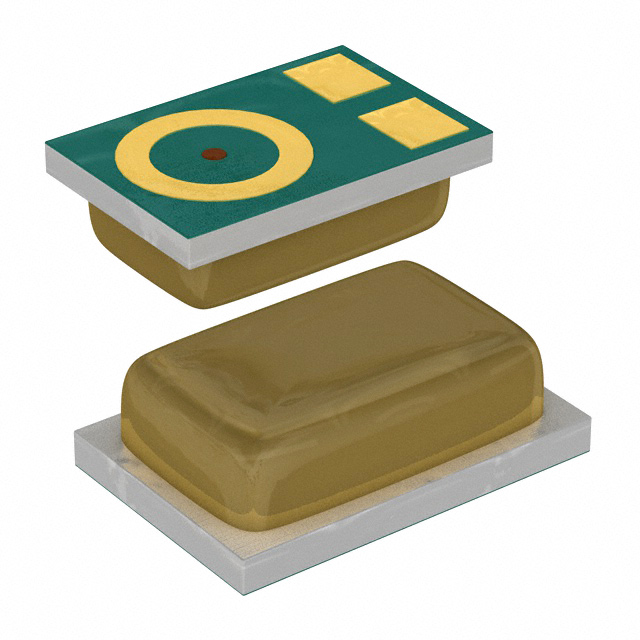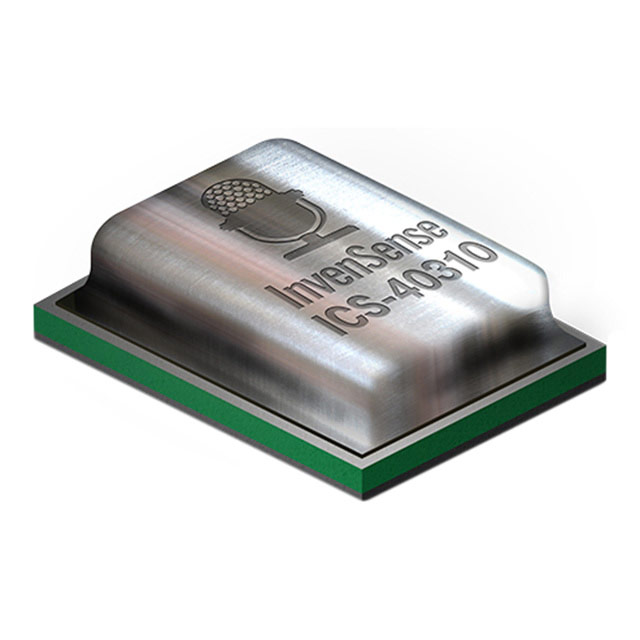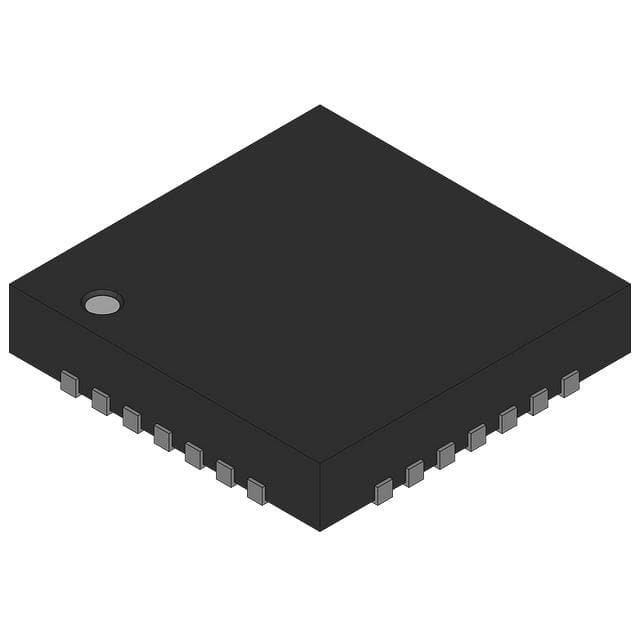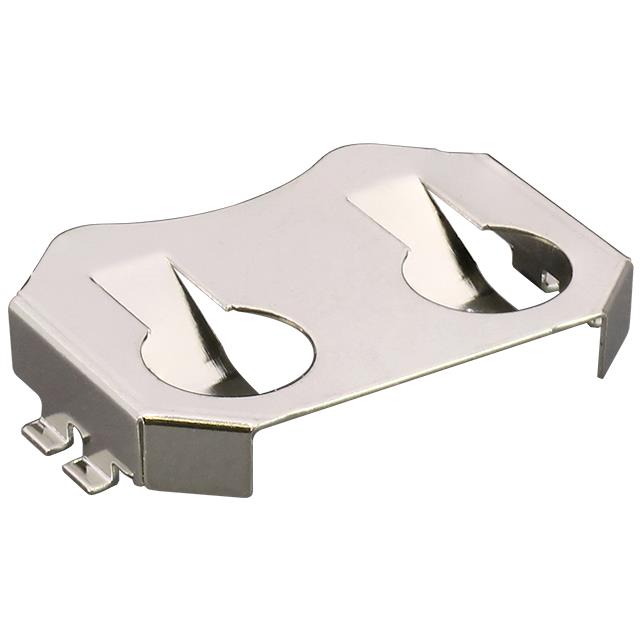SiC, Chiplet, RISC-V: Three major innovative forces in the development of automotive semiconductors
In response to the increasingly complex needs of automotive electronic systems, new technological trends are constantly emerging, among which SiC (silicon carbide), Chiplet (core particles) and RISC-V (open source architecture) have become the focus of industry attention due to their respective advantages. These three technologies not only have strong market potential, but also bring new opportunities for the efficiency, flexibility and innovation of automotive electronic systems.
International Data Corporation (IDC) recently released a report. It mainly analyzes the advantages and potential application opportunities of SiC, Chiplet, and RISC-V.

Due to the unique physical property advantages of silicon carbide (SiC), the application of silicon carbide makes products lighter and more efficient, which helps to increase the range of electric vehicles. Electric vehicle applications occupy most of the market share, especially in inverters, on-board chargers (OBC), DC-DC converters (DC-DC) and charging piles.
With the evolution of automotive electronic and electrical architecture, automotive chips face higher computing power requirements and communication speed requirements. Chiplet technology is seen as an effective response solution that can not only reduce costs and provide flexibility, but also help the industry break through the limitations of Moore's Law.
The RISC-V architecture has attracted much attention due to its low power consumption, low cost and flexibility. In the automotive field, the National New Energy Vehicle Technology Innovation Center, Beijing Open Source Chip Research Institute and Zhongke Haixin jointly established a RISC-V automotive-grade joint laboratory, aiming to promote the rapid development of domestic RISC-V automotive-grade chip technology and inject new vitality into my country's automotive industry. According to the plan, Beijing Open Source Chip Research Institute is responsible for providing competitive, stable, and independently developed IP cores, Zhongke Haixin is responsible for productizing these IP cores, and the National New Energy Vehicle Technology Innovation Center uses its accumulation in the ecological field to better provide standardized processes and tools from chip design to development to manufacturing to application.
In addition, as global car sales slow down, we have adjusted our forecast for the automotive chip market from 2024 to 2027. By 2027, the overall scale of automotive semiconductors will exceed US$79.2 billion. The overall forecast data is shown in the figure below:

IDC Asia Pacific Research Director Guo Junli said that although the automotive market has slowed down and the forecast for automotive semiconductors has been revised downward, these new technologies will still improve the performance of automotive semiconductors and bring about technological changes. We have seen major companies actively deploying related businesses and hope that the automotive semiconductor industry will have faster breakthroughs in the future to meet the new needs of the industry that are changing with each passing day.























